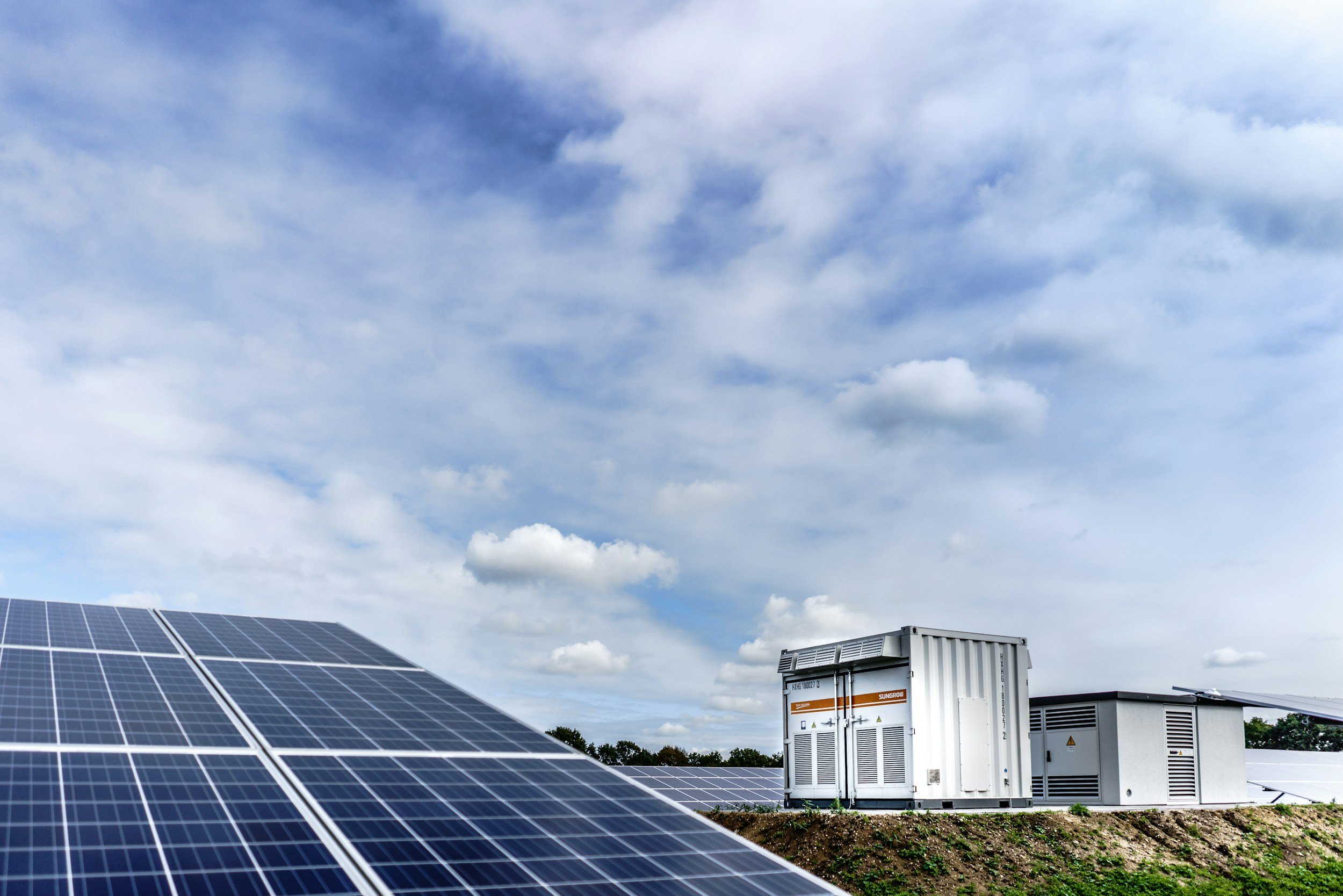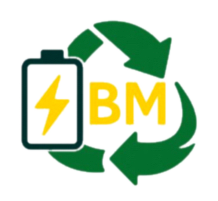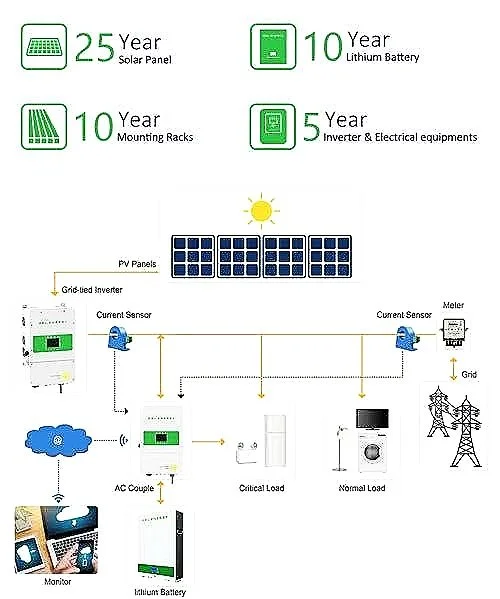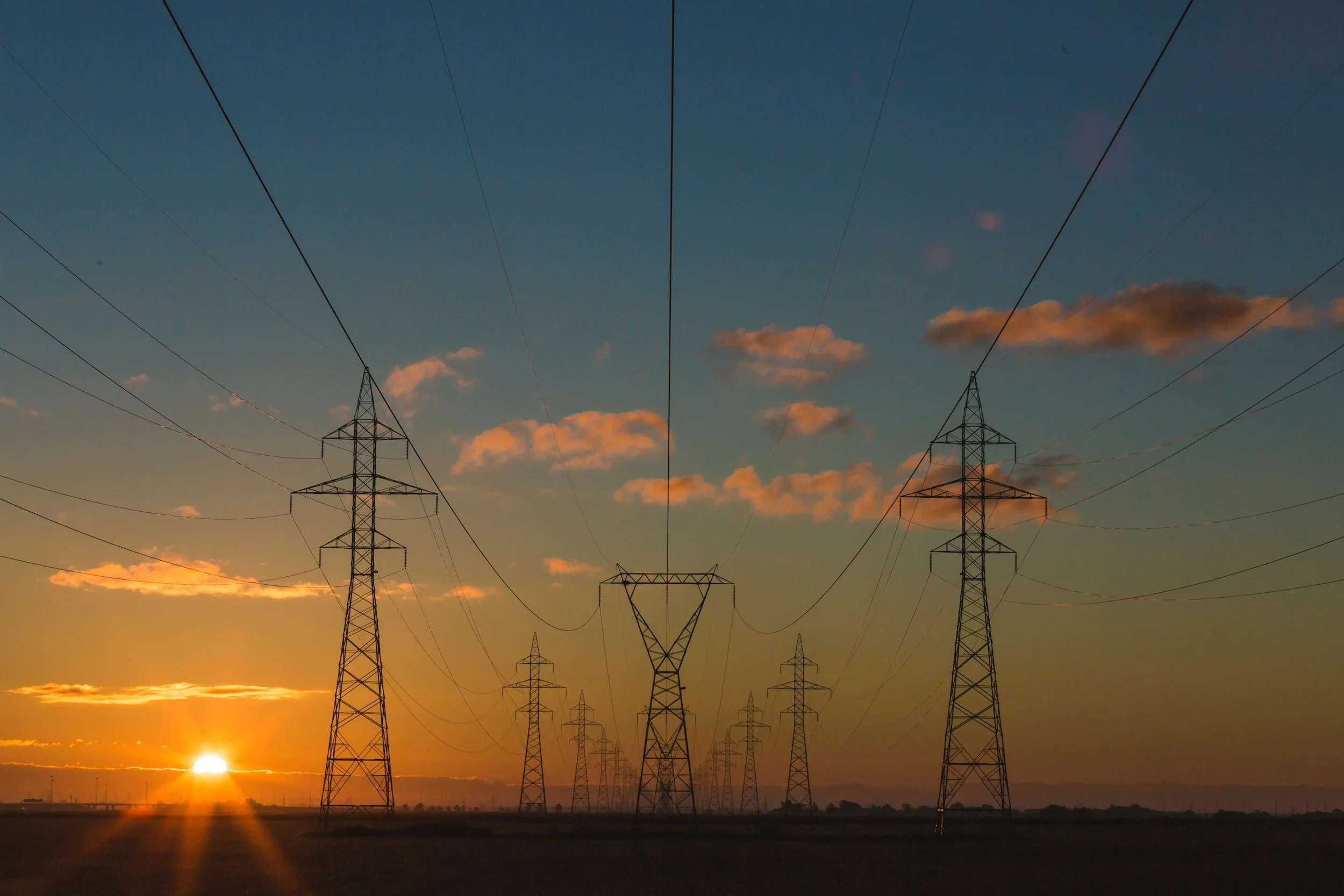
Reliable. Scalable. Sustainable Energy Storage Solutions.
Maximize energy savings and grid independence with our state-of-the-art Battery Energy Storage Systems (BESS).
How Energy Storage Systems Support Smarter Energy Use
-
Energy Storage Systems (ESS) operate by storing electricity during periods of low demand—typically when grid prices are lower—and discharging that stored energy during high-demand periods when electricity is more expensive. By charging during off-peak times, ESS takes advantage of reduced energy costs and alleviates pressure on the grid. When demand spikes, the system discharges, providing clean, stored power exactly when it’s needed most. This not only supports grid stability, but also increases operational flexibility for energy users.
-
One of the biggest advantages of ESS is the ability to lower energy bills by reducing demand charges, which are based on your peak electricity usage during the billing cycle. By using stored energy during those peak moments, your facility can avoid drawing expensive power from the grid—flattening your demand curve and cutting excess fees. Over time, this results in significant cost savings, especially for large-scale operations with high or variable energy use.
-
Beyond cost savings, ESS is a powerful tool for organizations committed to sustainability. By optimizing when and how energy is used, ESS reduces reliance on fossil fuel-generated electricity and minimizes the carbon footprint associated with power consumption. It’s also a key enabler of renewable integration, allowing facilities to store solar or wind energy and use it even when the sun isn’t shining or the wind isn’t blowing. The result: greater energy efficiency, less strain on the grid, and a cleaner, more resilient energy future.
-
In a world of increasing grid instability and extreme weather events, Energy Storage Systems (ESS) play a vital role in safeguarding energy reliability. ESS provides backup power during outages, ensuring continuous operation of critical systems like servers, HVAC, lighting, and production lines. Whether integrated into a microgrid or operating independently, ESS delivers a dependable buffer against grid failures, voltage drops, or unpredictable outages—making it an essential investment for businesses, institutions, and facilities that can’t afford downtime.
-
ESS is the backbone of a successful renewable energy strategy. While solar panels and wind turbines are excellent sources of clean power, their generation patterns don’t always align with energy demand. ESS bridges this gap by capturing excess renewable energy when it's abundant and releasing it when it's needed. This synchronization not only maximizes the use of onsite renewables, but also helps reduce dependency on fossil fuels and stabilize fluctuations caused by intermittent sources. The result: cleaner power, greater control, and lower carbon emissions.

Tailored Solutions
Tailored Solutions
Industrial and Commercial users, our systems help reduce peak demand charges, manage time-of-use rates, and provide backup power to ensure business continuity. We customize each ESS to align with your facility’s energy profile, maximizing efficiency and long-term cost savings.
Power Grid Integration, our ESS solutions offer frequency regulation, voltage support, and renewable balancing. We work with utilities and grid operators to deploy scalable systems that enhance grid resilience, reduce congestion, and enable a smarter, more stable energy network.
Community-Scale Residential Use, our large-scale ESS solutions support utilities, cooperatives, and energy service providers delivering power to neighborhoods, housing developments, and off-grid or remote communities. These systems enable solar self-consumption, improve local grid reliability, and ensure energy availability during outages or peak demand periods.
At SBM TECH LTD., we design our Energy Storage Systems (ESS) to meet the unique needs of each application—whether you're managing an industrial facility, supporting grid infrastructure, or powering a home.




